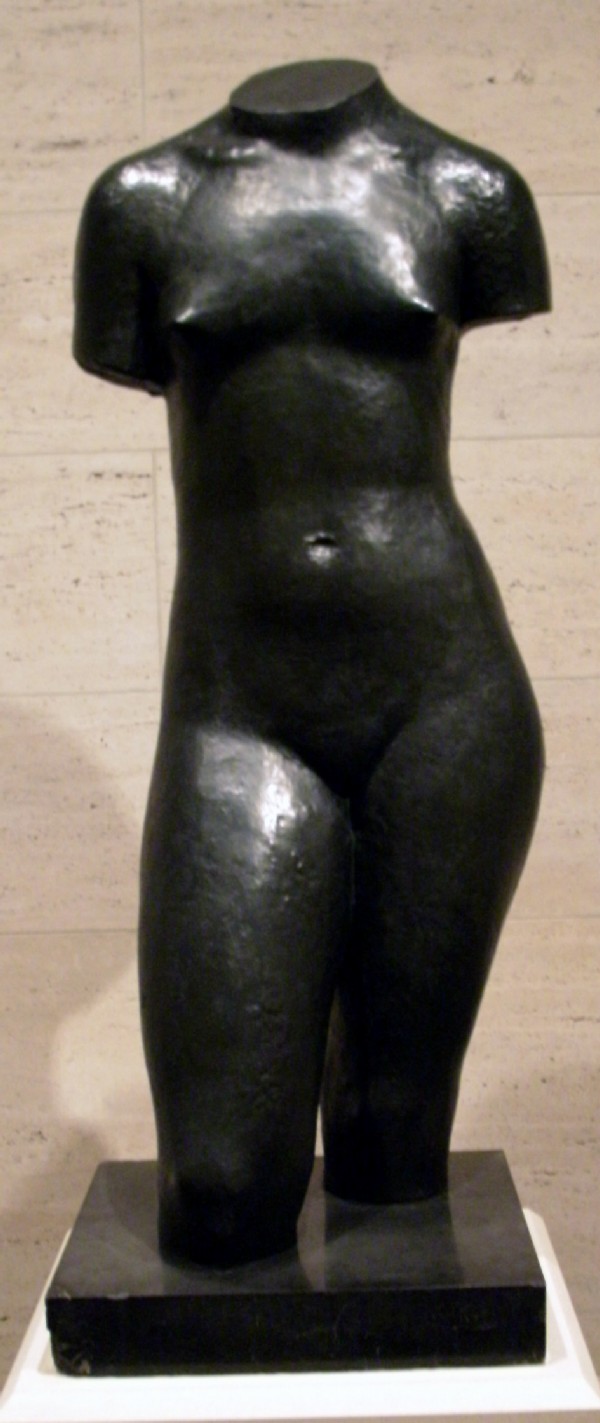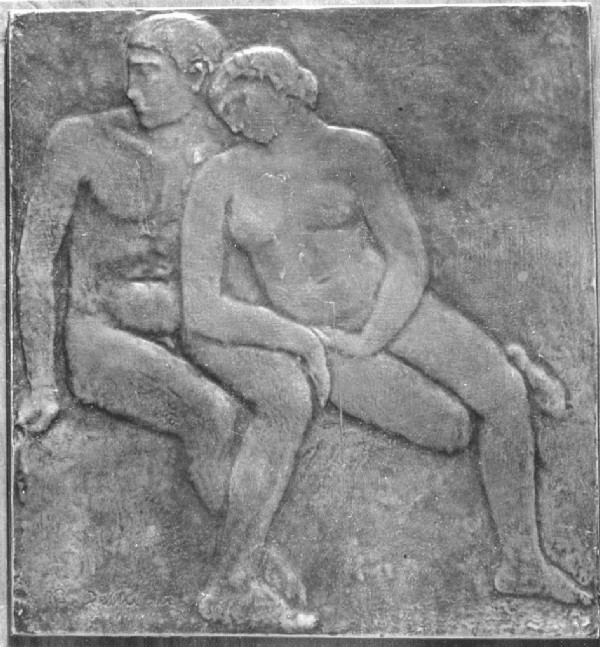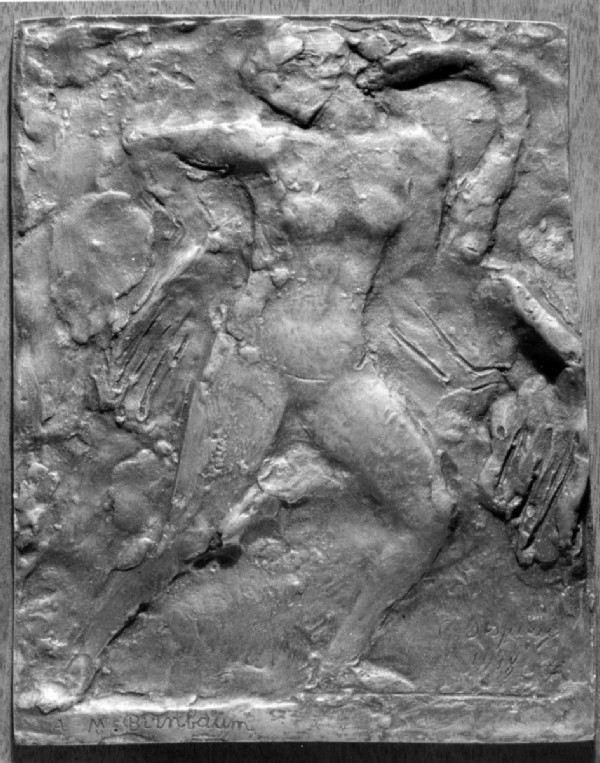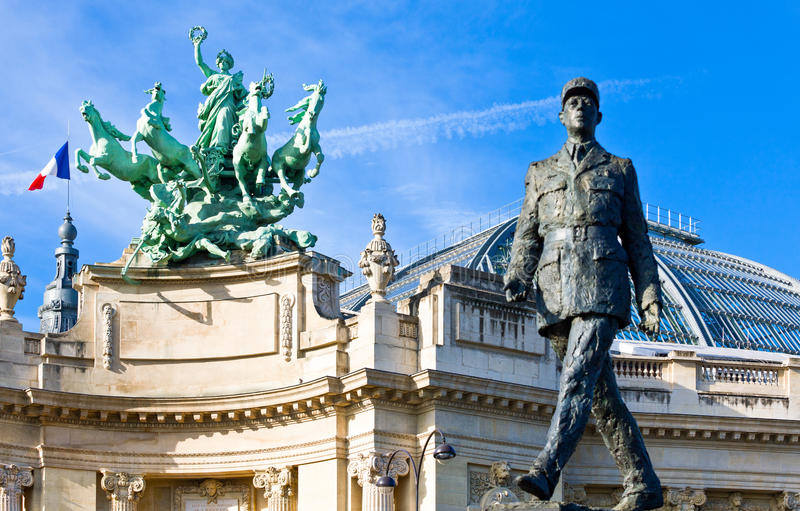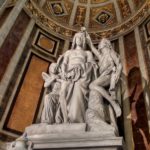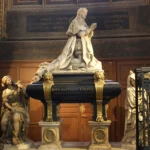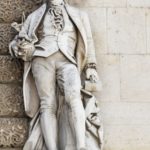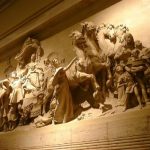Charles Despio famous French sculptor
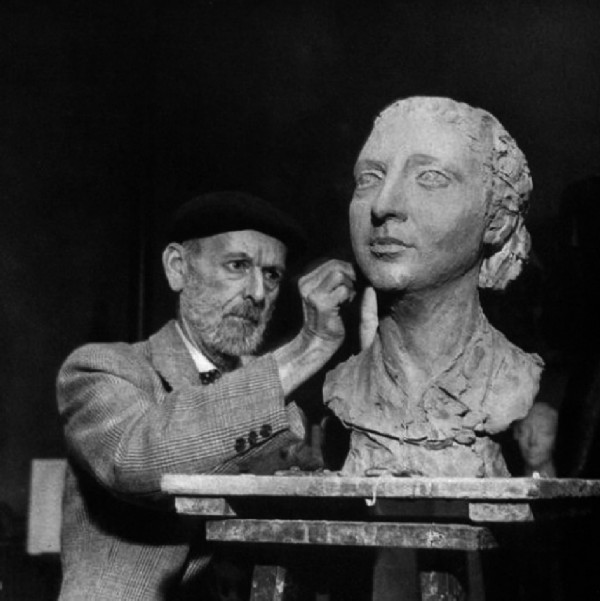
Charles Despio is a famous French sculptor who ruined his reputation during World War II with one act.
Charles Despio (November 4, 1874 – October 28, 1946) is a famous French sculptor of the first half of the 20th century, an outstanding master of the portrait genre of his era. He was also famous for making full-length bronze statues of men and women in the classical style. The best masterpieces of the artist’s work today are in museums in France and the United States, and his biography is an example of selfless service to art and painstaking work.
Charles Despio was not a prolific sculptor and created no more than 150 original works during his professional career.
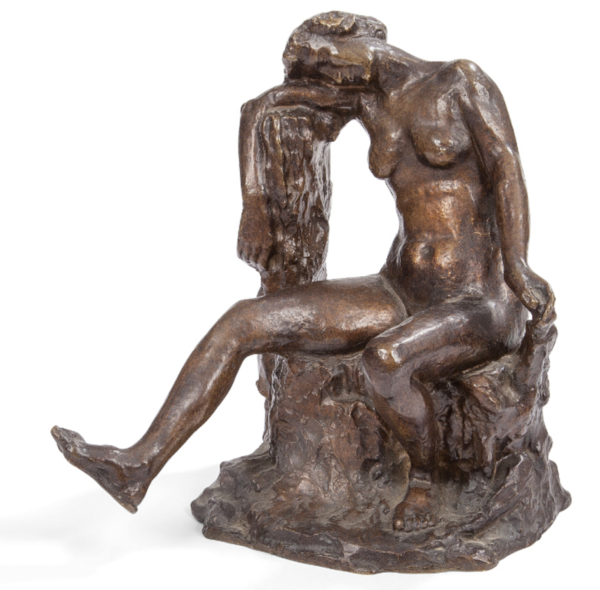
Biography
Charles Despio was born on November 4, 1874 in the small town of Mont-de-Marsan in France. Even in early childhood, the boy showed a talent for art, and he began to attend private drawing lessons from a local teacher. At the age of 17, Charles left for Paris and entered the National School of Decorative Arts. And in 1895 Despio entered the Academy of Fine Arts.


In the workshop of Professor Louis-Ernest Barrias, the young sculptor was one of the best students. In 1901, Charles graduated from the academy and was accepted as a member of the National Society of Fine Arts. Soon, the great Auguste Rodin drew attention to the works of Despio, who in 1907 offered the young man a position as an assistant in his workshop.
Working under the guidance of Rodin, at the beginning of his creative career, Charles was mainly engaged in the manufacture of busts, and also embodied plaster statues of his teacher in marble. In 1904, Charles Despio married one of his models, Marie Rudel, with whom he lived happily all his life. Unfortunately, their marriage was childless, and the sculptor left no direct descendants.
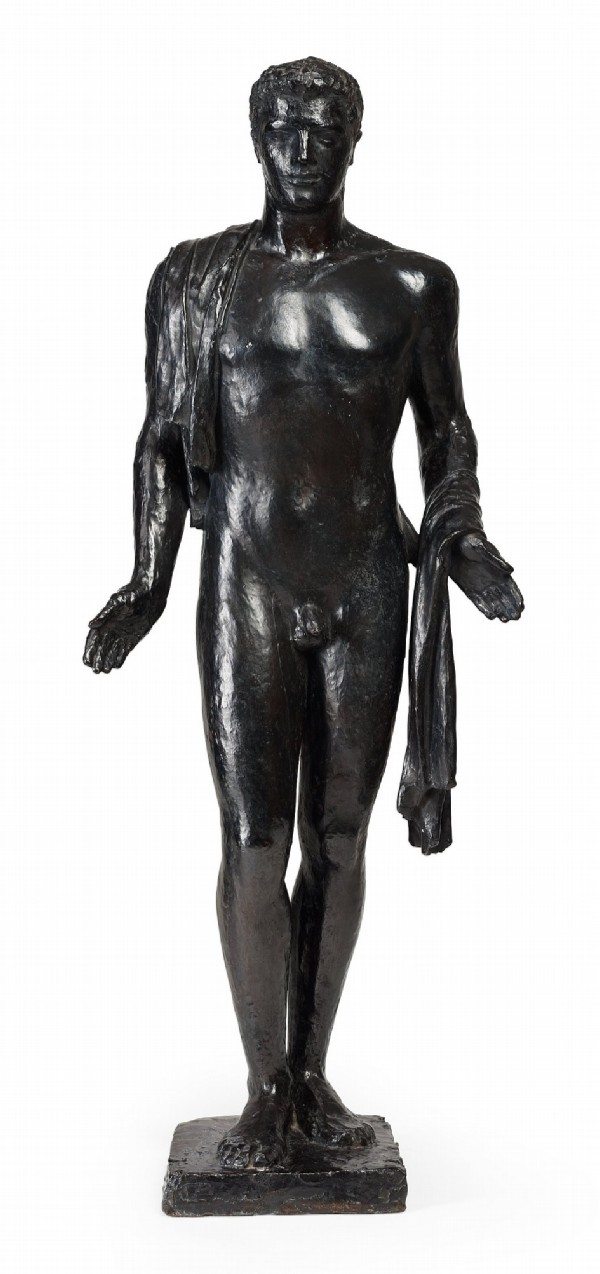
Work during the war years
With the outbreak of the First World War, Charles was forced to leave work in the workshop and enter the civil service. He became an employee of the enterprise for the production of camouflage for the army.
Together with a group of young colleagues, he founded the artistic Salon Tuileries and became a teacher at the private academy of Grande Chaumières. Despio’s work began to enjoy success with viewers at exhibitions, but it was still far from universal recognition.
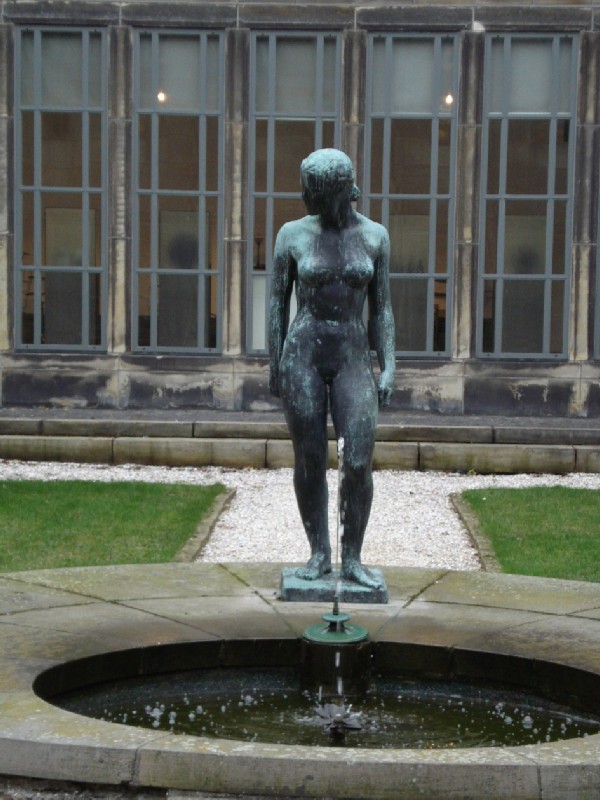
Unexpectedly, in 1927, Charles received an offer from the United States to organize a solo exhibition at the prestigious Brummer Gallery in New York. He brought 22 works to America, which made a huge impression on the local public. From that moment on, Despio gained international fame. Personal exhibitions followed one after another, the works of the popular sculptor visited different cities in Germany, Belgium, the USA, Czechoslovakia, and Switzerland.
He was commissioned by the French government to make a sculpture of Apollo in 1937. But the sculptor did not have time to finish work on one of his best masterpieces on time.
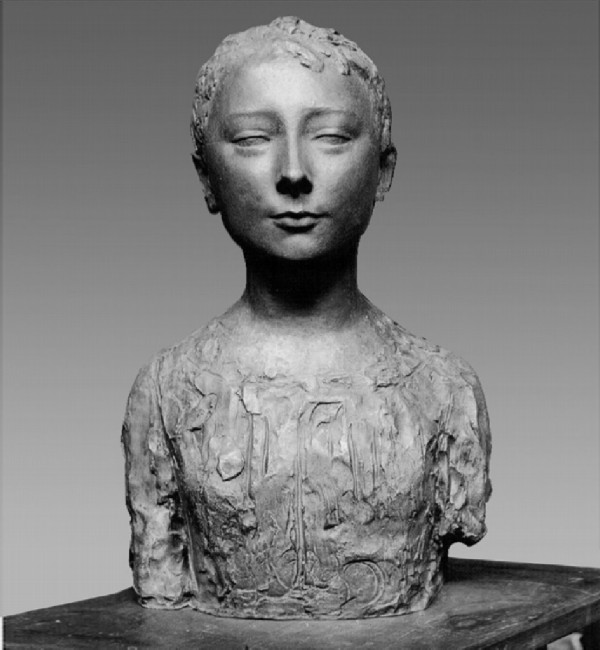
The last years of the life of the master
The outbreak of World War II changed the life of the 65-year-old master forever. In November 1941, Despio received an invitation from his longtime friend Arno Brecker to visit Berlin.
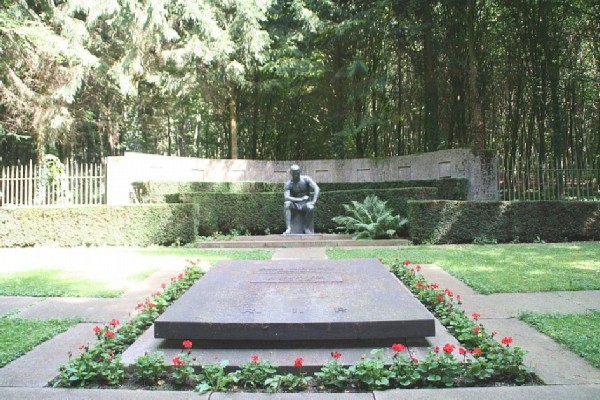
Brecker, being an ardent supporter of Nazi ideology, was commissioned by Hitler to organize a propaganda trip for French artists to Germany. In return, the authorities of the Third Reich promised to release some of the artists from prisons. But the Nazis did not keep their word regarding the release of political prisoners from prisons. The name of Charles Despio after the end of the war was blacklisted for those who collaborated with the Nazi regime. In the last years of his life, the sculptor was subjected to fierce persecution in the press and stopped communicating with people.
On October 28, 1946 Charles Despio died in his studio at the age of 76. His remains were buried in the master’s hometown far from Paris. At the beginning of the 21st century, the first solo exhibition of his works took place in Bremen after a long break.
